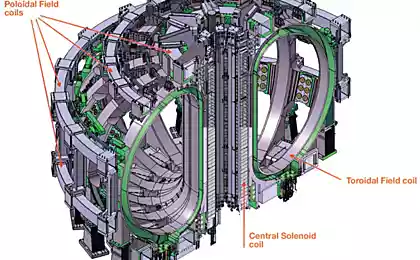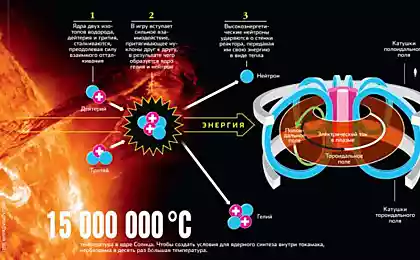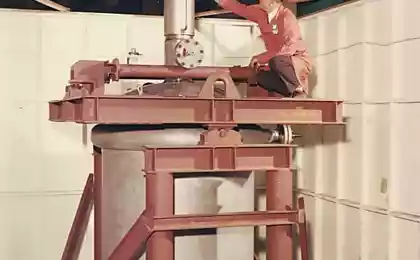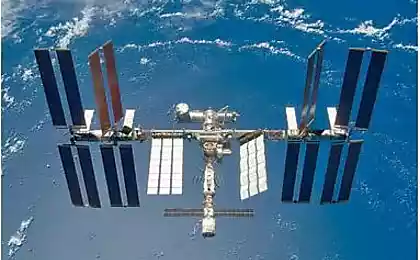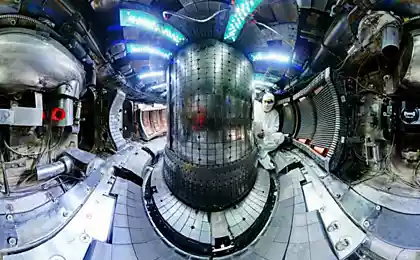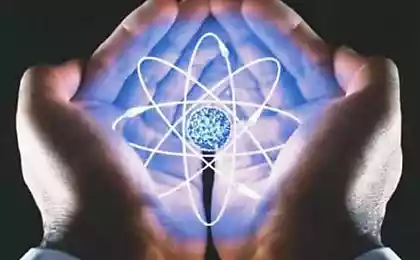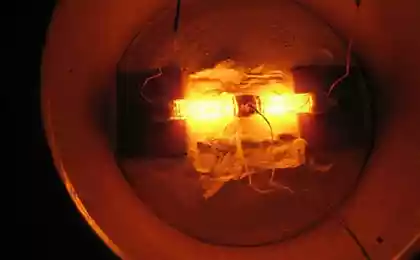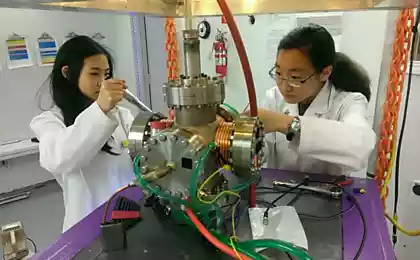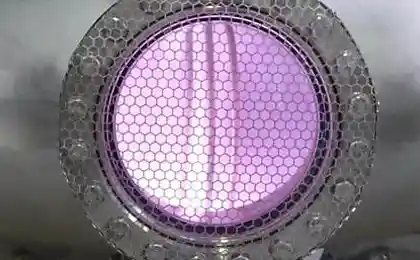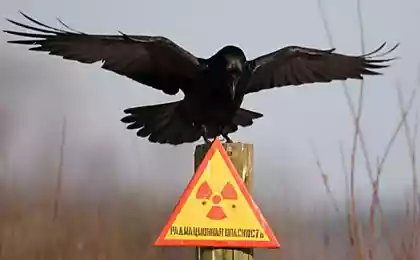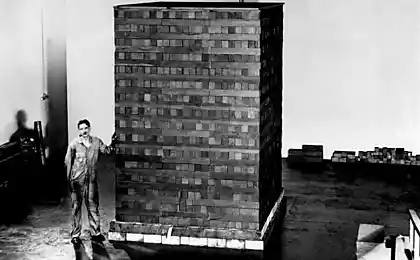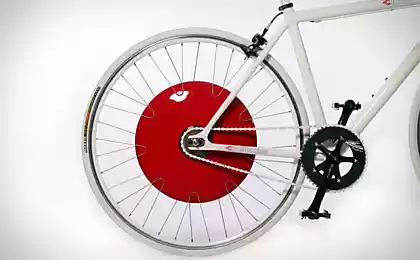229
ITER Thermonuclear Reactor - Key Elements
A small replica of the Sun - the ITER fusion reactor
After years of lull, work has finally begun to assemble the toroidal field coils, which are key components of the ITER fusion reactor. The CNIM contractor, who builds the huge components of a fusion reactor, worked in shipbuilding before switching to precision engineering. The factory is located on the coast of France in La Seine-sur-Mer (a suburb of Toulon), which is an additional advantage, because some of the parts are so bulky that they can only be transported by sea.
In one of the workshops, with the help of a giant drill, channels are punched in steel D-shaped loops, the size of which is about 20 meters. They are made of steel of special strength, which is why carbide drills need to be replaced every 8 minutes. Seven of these loops are attached to each other to form one of many magnets that control plasma at 10 million degrees Celsius in a vacuum chamber.
ITER reactor diagram: the overall dimensions of the reactor are approximately 40 by 40 meters; 1 - central solenoid (inductor); 2 - coils of a poloidal magnetic field; 3 - a coil of a toroidal magnetic field; 4 - vacuum chamber; 5 - cryostat; 6 - divertor
However, the hinges must first be transported to a plant in La Spezia, Italy, where another contractor will install up to 700 meters of superconducting cable in each of these hinges. After that, they will be delivered to Venice, where another company Simic will complete the assembly of finished toroidal field coils. As a result, each coil will be comparable in weight to a fully loaded Boeing 747. Note that the company Simic is also involved in the manufacture of other loops, which is why they make a circular journey to La Spezia and back. Initially, the strategy of ITER management was that contractors should compete for contracts, so that different parts of a single node can be manufactured on different continents.
However, back to the finished coils. They arrive at the French port, where the 800-ton cargo is placed on a 352-wheeled transporter, which slowly but surely pulls it to the ITER construction site, located 104 kilometers from the coast. If all goes according to plan, the first coils will be delivered to the site of the upcoming fusion reactor three years later. But all of this is just part of the huge work ahead of ITER’s launch.
Recall that in fact, ITER is a tokamak fusion reactor, which is a toroidal installation for magnetic plasma retention in order to achieve the conditions that are necessary for controlled fusion. In a vacuum chamber, tritium and deuterium nuclei merge to form the nuclei of a high-energy neutron and helium (alpha particle). At the same time, plasma retention in the tokamak occurs not with the help of the walls of the chamber, but with the help of a combined magnetic field (poloidal and toroidal external current fields).
The ambitious project is international – it is being implemented with the participation of Russia, China, the United States, EU countries and not only. The thermonuclear reactor, which was proposed by Soviet physicists in 1985, was approved at a meeting between Presidents Gorbachev and Reagan. Since then, design and preparation have been carried out, a technical project was created in 2001, and in 2005 the participating countries chose a construction site - a neighborhood of the French city of Cadarache.
ITER is the most complex technical structure in the history of human civilization. The main structure must be assembled from ten million parts, which is more than in the famous Large Hadron Collider. So it’s no surprise that it took so long to prepare the “10 million-piece puzzle,” as engineers call ITER.
Iter Plaza
It is worth noting that progress in the production of toroidal field coils is still more significant compared to the creation of another important component - poloidal field coils. A special building has been built for their manufacture, but so far it is practically empty, except for a circular crane hanging from the roof and several drawers. Almost nothing has changed since 2012.
Unfortunately, the deadline for the first launch of the working plasma was shifted again recently. The project director says it will be 2023, while independent experts say it will be 2025. After the trial run, about four years of testing will follow, and then a real mixture of tritium and deuterium will be loaded into the chamber. The task of ITER is to demonstrate a controlled fusion reaction with a fusion capacity of several hundred megawatts, as well as to develop the technology for its use in practice. Only then will it be possible to talk about the construction of such installations around the world.
At the first stage, the reactor will have to operate in a pulsed mode, while the power of thermonuclear reactions will be 400-500 MW, and the pulse duration will be about 400 s. The second stage will be to work out the continuous operation of the reactor and the tritium reproduction system.
At least scientists are unanimous in the fact that the future of energy is for thermopod. Deuterium reserves in the oceans are practically inexhaustible, and the content of lithium in the earth's crust is two hundred times greater, compared with uranium, tritium is obtained from lithium and directly on ITER. There are other advantages: the biological radiation hazard of fusion reactors is about 1000 times lower than fission reactors; the reactor can be placed anywhere; there is no “heavy” radioactive waste that can be used in creating “dirty” bombs; the physical impossibility of “explosion” (dispersal) of the reactor.
Source: alternativenergy.ru

